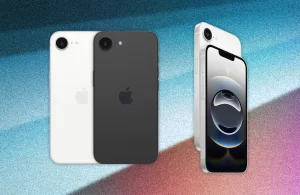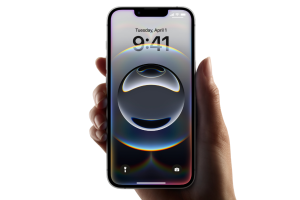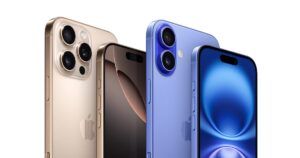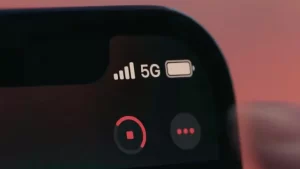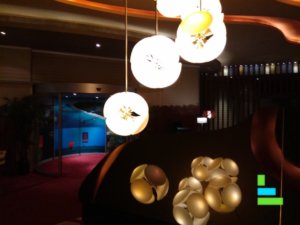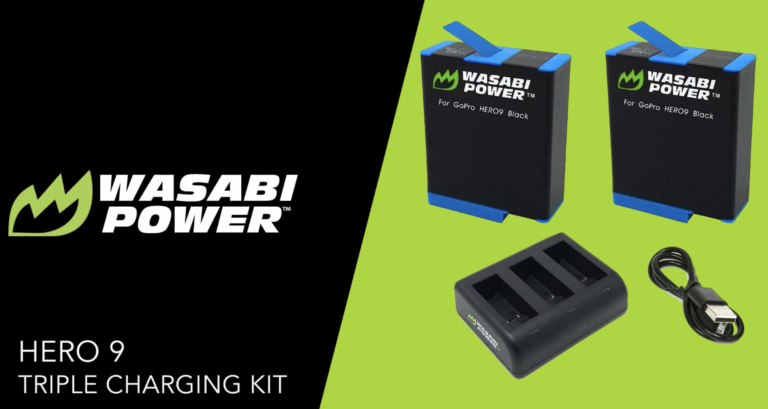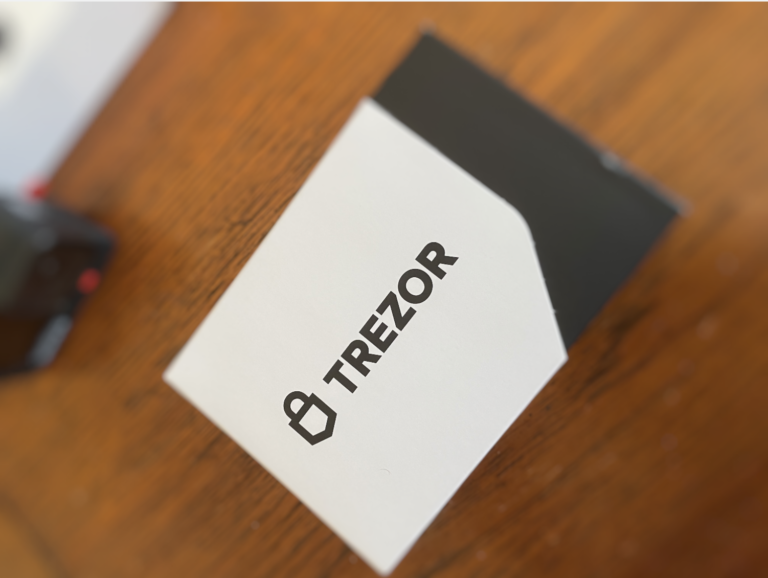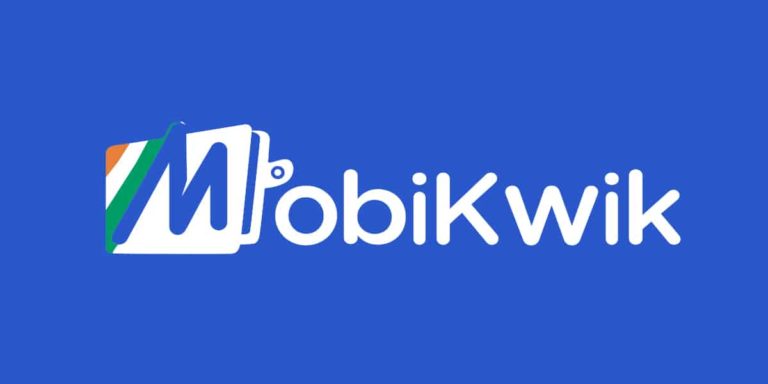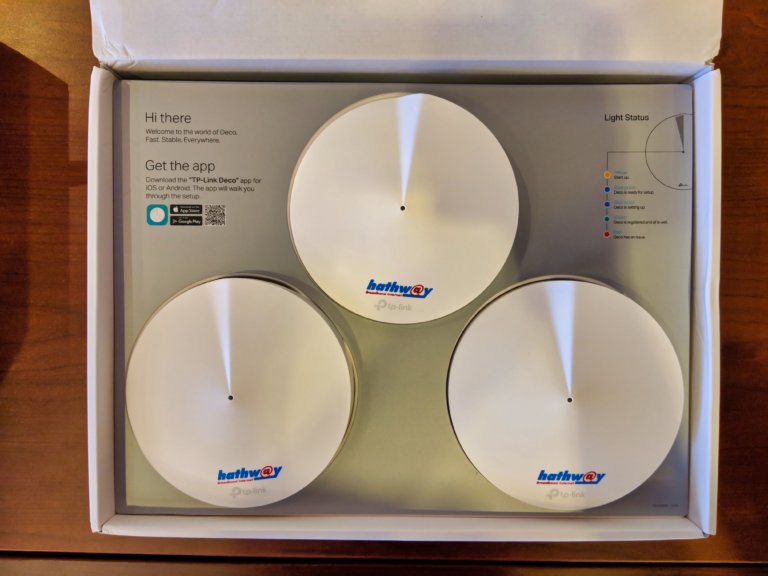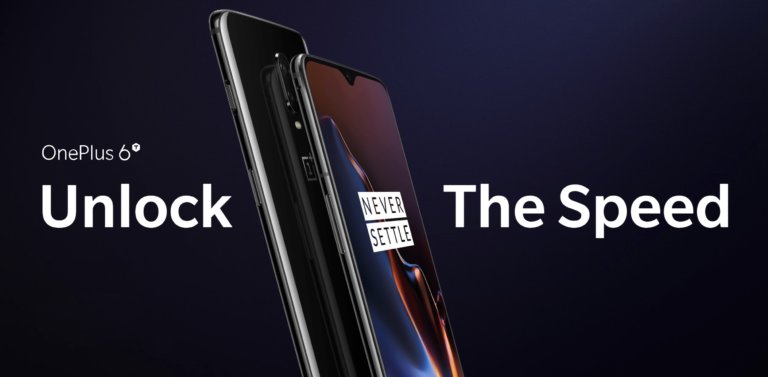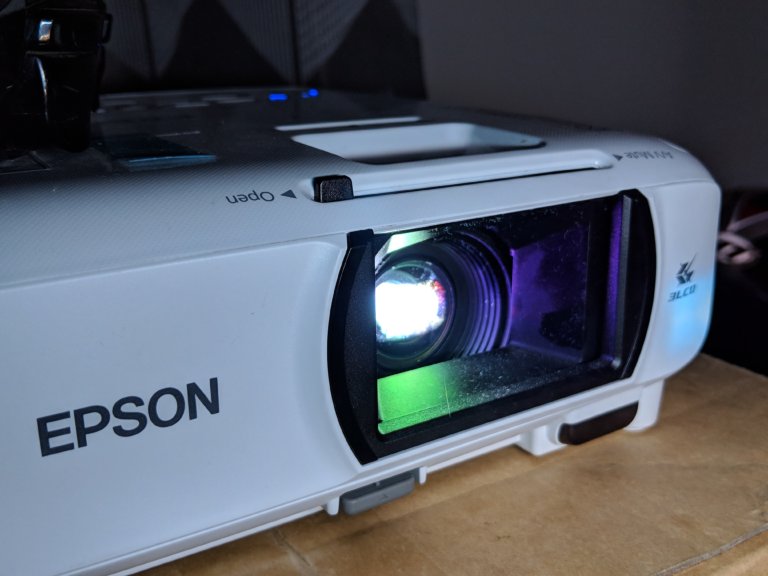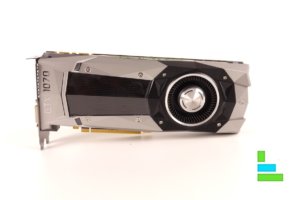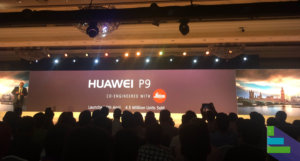I remember the time when Samsung released the first Galaxy Note, and everyone claimed how ridiculous it was. I swore I would never buy a phone that big! That was the time Apple had the 3.5 inch iPhone. I was satisfied with that screen size, reluctant to move to larger size. When the iPhone 6 Plus came, with great difficulty I got the bigger screen for its battery which lasted a whole day under heavy usage. That is when I realised the real potential of phones with bigger screen size and I got the 6 Inch Nexus 6. It had a very poor battery life and was hard to use because of its thickness. Ever since the Mi Max was announced, I was super excited to get my hands on it.
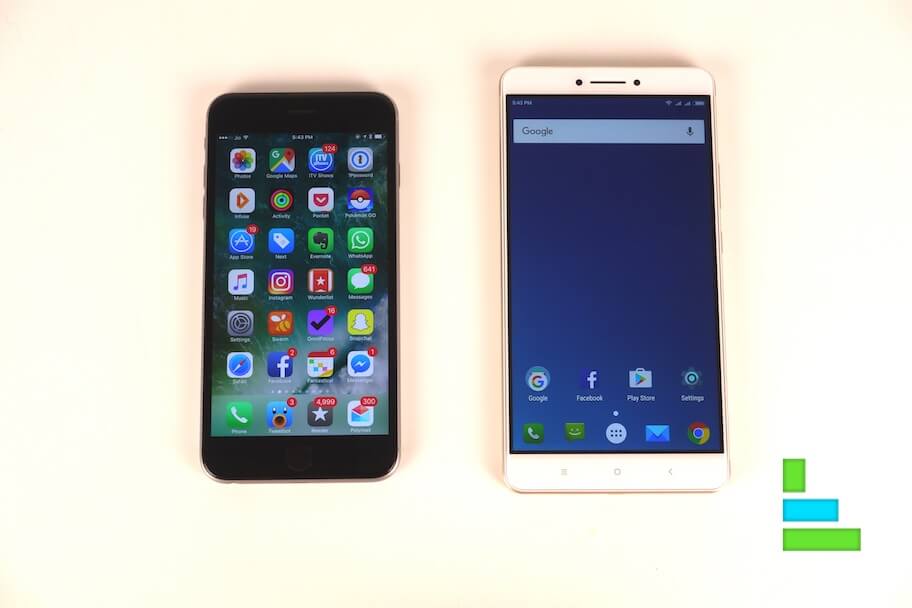
At 6.44 inches, the Mi Max is about an inch bigger than the 5.5 Inch iPhone 6s Plus I currently use, and it makes a whole lot of difference.
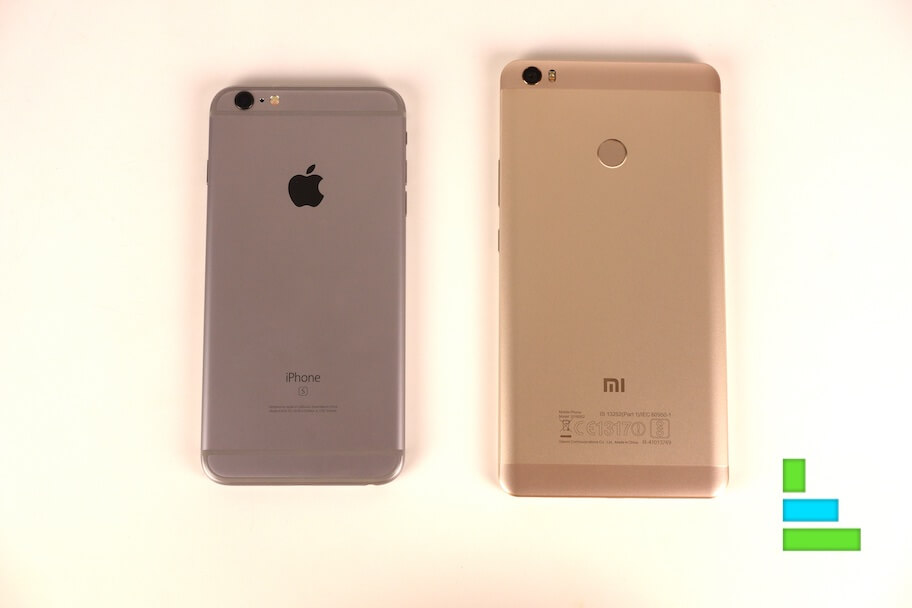
Design:
The Mi Max is huge. But with the large footprint, it is just 7.5mm thin and weighs 203 grams. On the front, it has a smooth 2.5D Gorilla Glass 3 which feels great in the hand. On the back, it is made of Aluminium and is curved on the edges, making it easier to hold and pocket the phone.
The biggest design challenge of Mi Max would’ve been, ‘How to have a big screen and at the same time make it easy to use’. For starters, it has very little bezel on the side, and the thin profile adds to that.
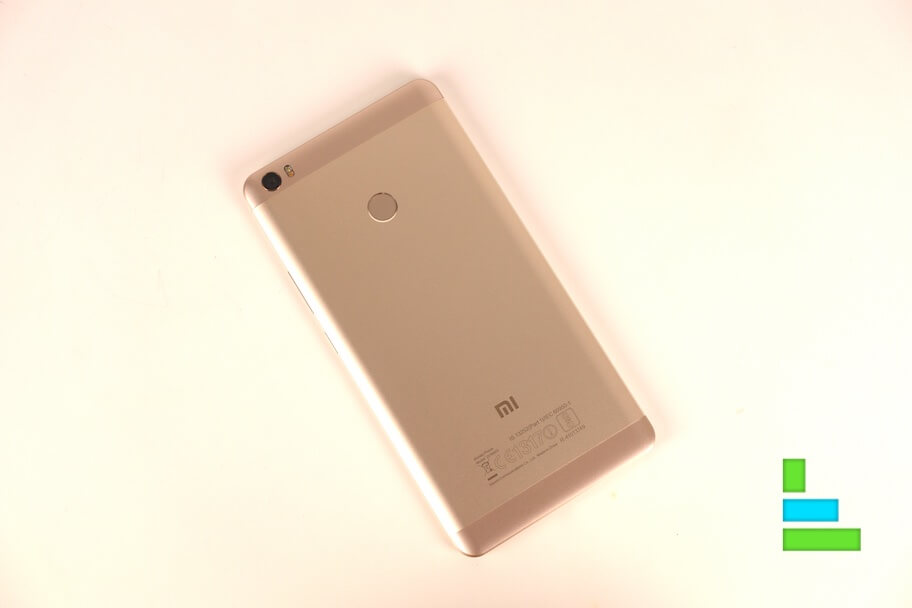
A matter of concern with the build quality of Mi Max is that is squeaks when pressed at particular points along the corners which is scary. But I tried bending the phone with some amount of pressure and the phone would not budge which was reassuring. Still, I feel the build quality of Mi Max should’ve been much better.
It’s easy to use the phone in one hand for basic navigation and when you have to pick a call. But if you’re doing anything else like typing something or browsing, you might have to use both your hands; One to hold the phone and other to use it!
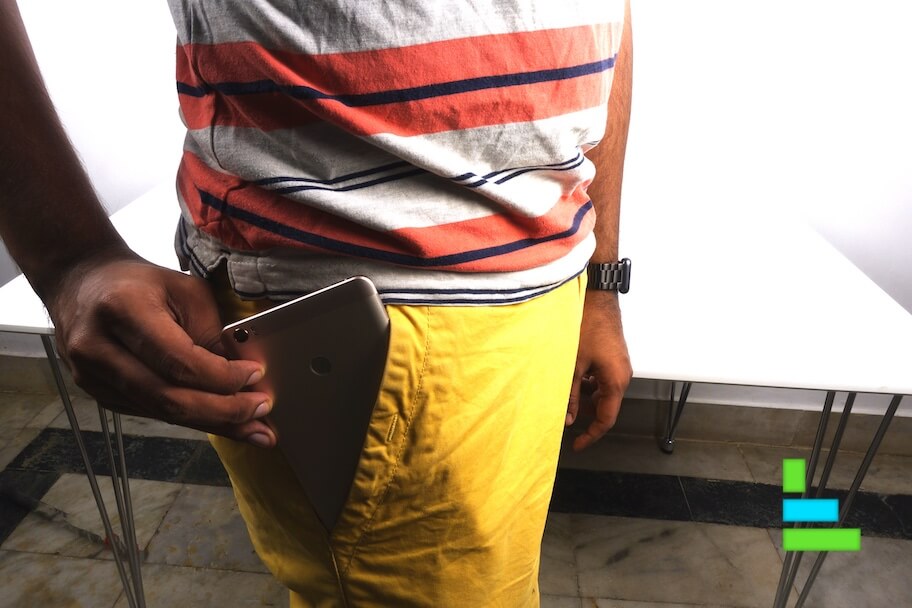
About pocketability, the phone slides in well for any jean. But once that is done, you’ll be able to drive on a bike or sit down. But it might be uncomfortable at all times. If you have to bend even lower and tie your shoelace, you might have to remove the phone from your pocket and then do that!
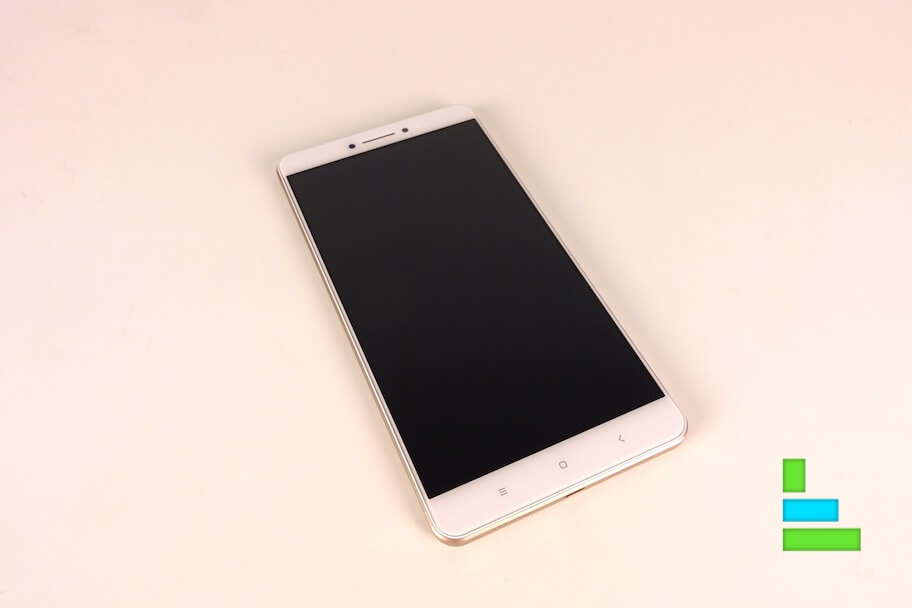
On the front, you have a white bezel and a 6.44 Inches display with a screen to body ratio of 74.8%. Right above the screen, there’s the front camera, speaker and right next to it is the proximity sensor. Right below the screen, there are three capacitive buttons which are back-lit.
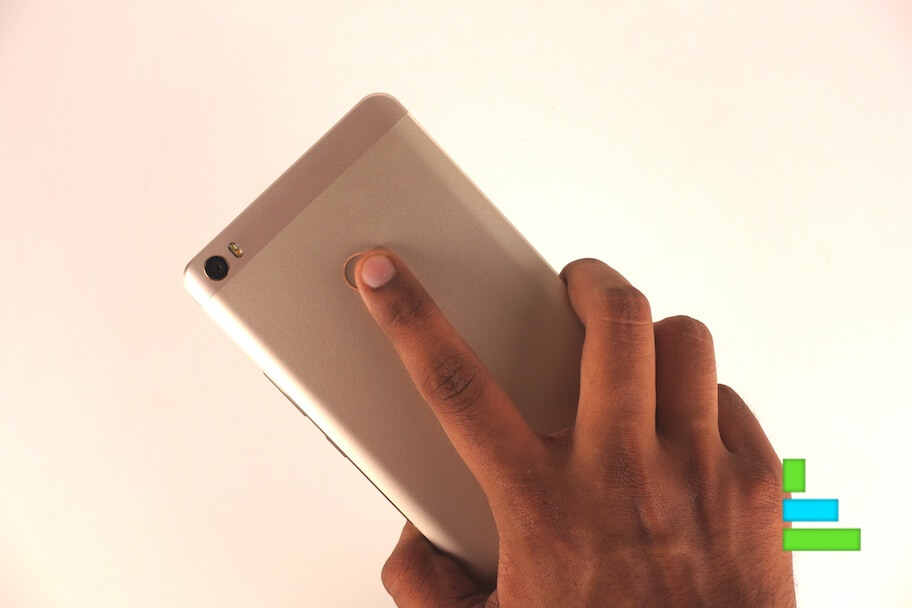
On the top, there’s the back camera with dual flash. Right below that, there’s a fingerprint sensor and the placement of the fingerprint sensor has been really good. Also, the fingerprint sensor works surprising well. It works so well, that you no longer have to bother it is there. It just works!
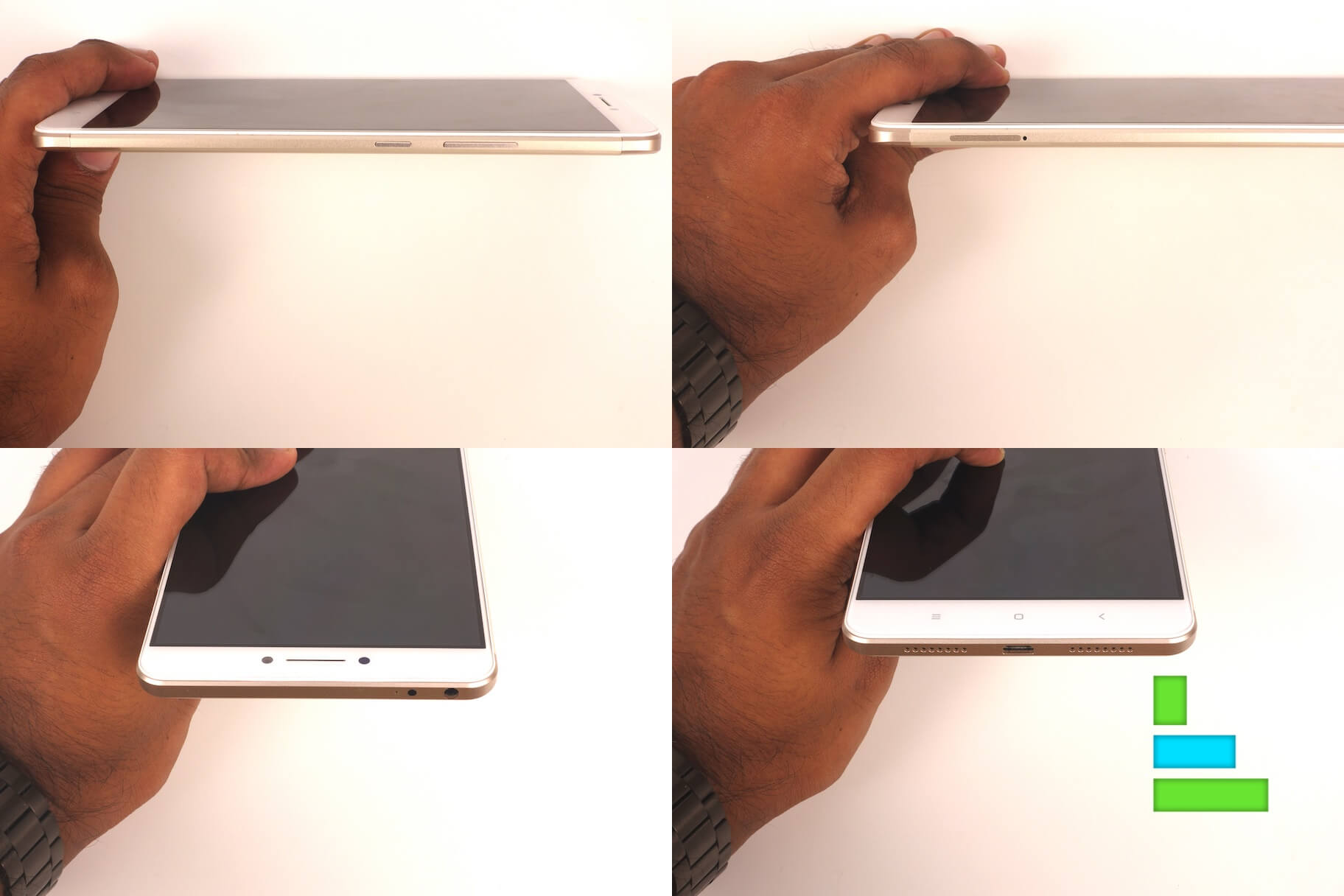
Coming to the sides, at the bottom there are the two grills for microphone and speaker. In-between them is the Micro-USB Port. On the top, there’s the 3.5mm headphone jack, an IR Blaster and a tiny noise-isolating microphone. To the right, there’s the volume rocker and the power button. The placement of the power button is right where it should be and you can reach it without moving your hand. But to reach the volume buttons, you might have to move the phone to get to them. On the left, there’s the SiM tray. Mi Max supports two sims(One Micro-SIM and one Nano-SIM) and one Micro-SD card.
Internals and Performance:
The Mi Max has similar specs to the Redmi Note 3. Mi Max runs on a Hexa-Core Snapdragon 650 with two 1.8GHz ARM Cortex A72 Cores and the remaining four cores are 1.2GHz ARM Cortex A53. For graphics, it runs on Adreno 510. The Mi Max I reviewed comes with 3GB RAM and 32GB ROM. There is another variant with 4GB RAM and 128GB ROM specially made for India which is not available yet.
The performance on Mi Max was brilliant and in the weeks I’ve been using, not once have I encountered lags. Though the 3GB RAM does not seem like a lot, the RAM management is good and it manages with just that! With resources intensive gaming, it was a breeze and fun, thanks to the screen. The phone occasionally got warm with resource intensive gaming, but never turned into a frying pan.
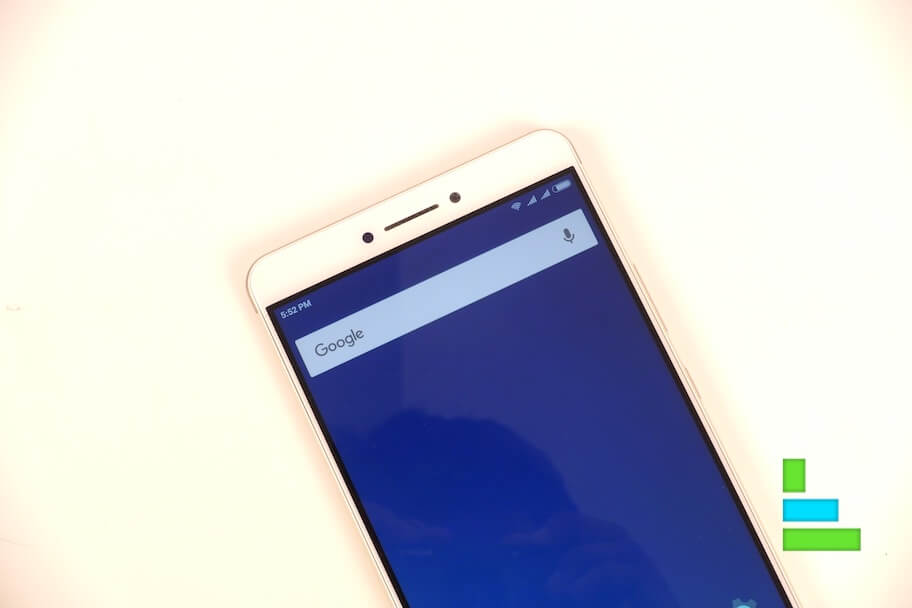
Mi Max supports two SIMs at the same time. One is Micro-SIM, and other is Nano. Both of them support VoLTE with HD Calling. We tested it with the JIO Network, and everything went smooth. HD calling was another impressive feature with JIO.
The Fingerprint sensor on the back took a while to set up when compared to other phones but was ridiculously fast when unlocking. It was able to unlock even when my hands were a bit wet or dirty. The position of the Fingerprint sensor is Bang On the target and is very easy to reach it with your index finger.
Display:
The biggest feature of Mi Max is its display. The Mi Max has 6.44 inches 2.5D Gorilla Glass 3. Mi Max has a resolution of 1920 x 1080 with a pixel density of 342PPI. Even 5.5-inch devices these days come with a QuadHD Screen and the Mi Max is bigger by a whole inch and still sports a 1080P screen. Initially, I had my doubts. But after using it once, I was convinced the 1080P display is the best decision Xiaomi did for the Mi Max for two reasons.
The first reason is the 1080P keeps the price down, making the phone a lot more affordable. Second, a 1080P display is extremely battery efficient compared to the energy required to power all the pixels on a QuadHD Device.
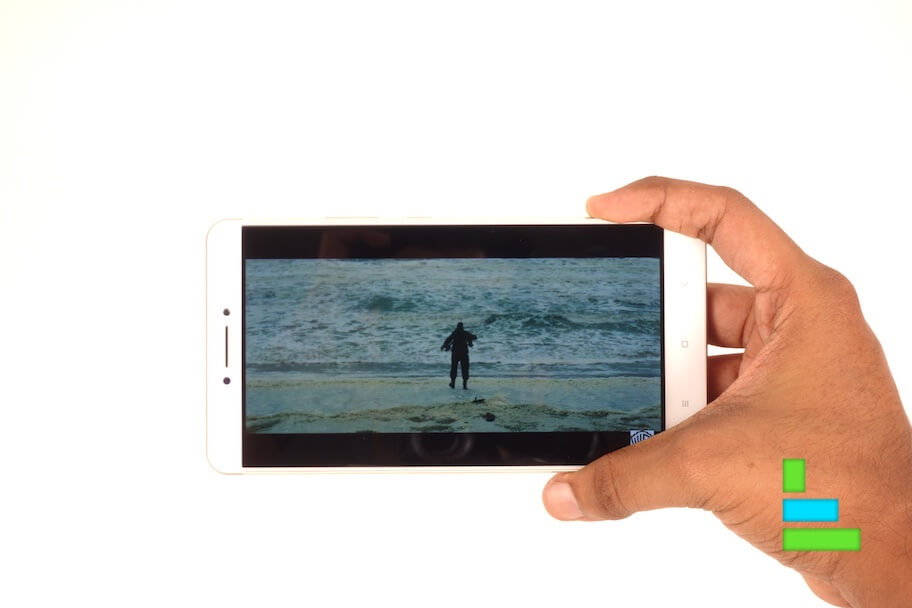
The colour reproduction on Mi Max is good, and I preferred watching movies on this even when I had an iPad with me. The display on Mi Max is brilliant and is usable under bright sunlight. Another excellent experience with Mi Max is navigating with Google Maps. The phone is as huge as a car dashboard, and you’ll be able to see so much information at the same time.
Software:
The Mi Max runs on Android 6.0.1, with Xiamoi’s skin, MIUI 7. Mi Max will get the next update, MIUI 8, which is supposed to come soon(In fact, you can go to Mi forums and download the Beta right away if you want to!). MIUI 8 comes with a whole lot of new features, like Quick Ball which lets you access up to 5 apps quickly, Dual Apps which allows you to run two separate instances of the same app and Second Space, which allows you to have a completely different phone environment.
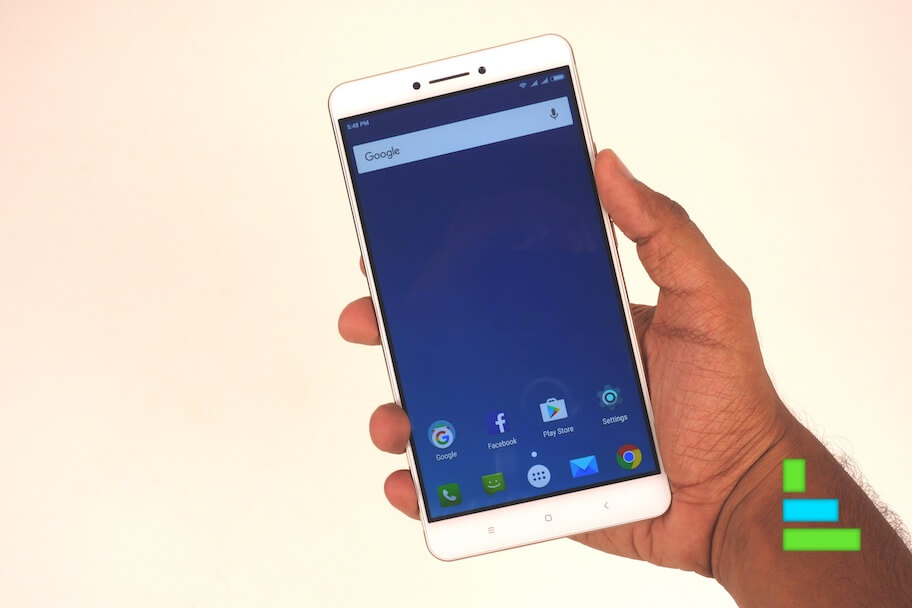
Personally, I prefer using Google Launcher and for this phone I used Nova Launcher which ran smoothly all the time. For a phone of this size, One-Handed Mode is a compulsory and MIUI 7 has a solution for it. Swiping the home button to the left or right would activate the one-handed mode which makes it easy to reach all areas of the phone. You can also set the size of the screen on one-handed mode to 3.5 inches, 4 inches or 4.5 inches.
Camera:
The camera on Mi Max is pretty similar to the one on Redmi Note 3. It has a 16MP f/2.0 Rear Shooter and a 5MP f/2.0 front shooter. My take on Mi Max’s camera is mixed. It performs well at times and is terrible at times, depending on the scene. Under natural lighting, the camera is at it’s best. Although if you have bright colours, they are over-saturated.
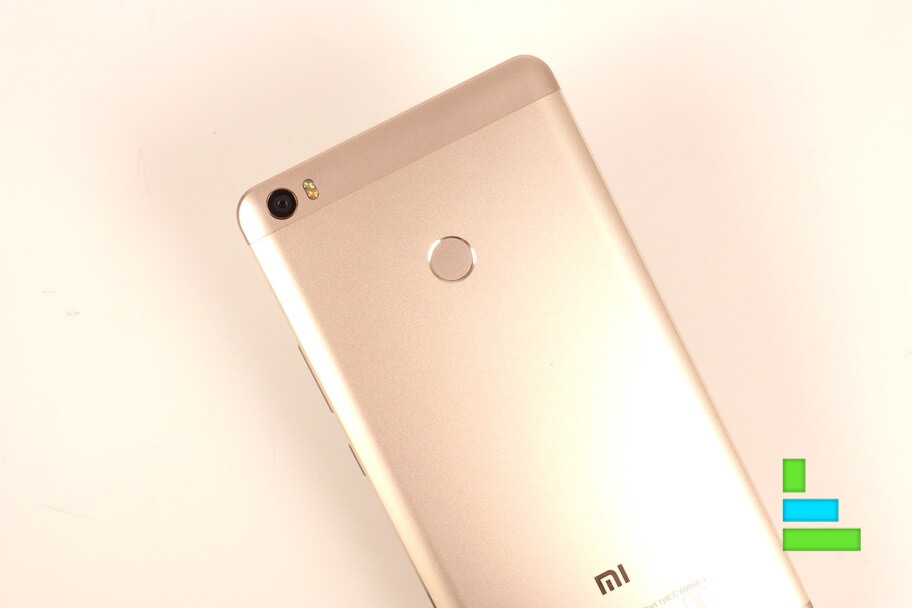
Indoors under some light, the camera is pretty average, and the images are barely usable. The colour reproduction is not that great here. But under low light conditions, the pictures are terrible. They are grainy and unusable, and the same goes for the front camera too.
Another issue I had with the Camera of Mi Max is that there’s a problem with Auto-Focus. It takes a long time to focus or the focus would be way off even with an obvious subject. Even touch to focus takes a while. One solution for this is to use the Manual mode, which is good. You can change the White Balance, ISO, Exposure Time and Focus.
Here are some of the shots we took with the Mi Max:
Battery:
The battery is probably one of the biggest feature of Mi Max. With the large real-estate, Xiaomi has put in a massive 4850mAh battery which just lasts forever! During the time of my usage, I had two SIMs at all times, with 4G Data ON on one of them. For a while, I had Mi Max as my secondary device, and I got three full days of light usage on a single charge. With the phone as my primary and some extreme level of usage, I got one whole day which is insane! With the same level of usage, I would’ve charged my iPhone 6s Plus twice, or even thrice!
The phone with its massive battery naturally supports fast charging. It supports Quickcharge 3.0. But the charger is not included in the box. With the included charger, it takes forever to charge the phone.
Conclusion:
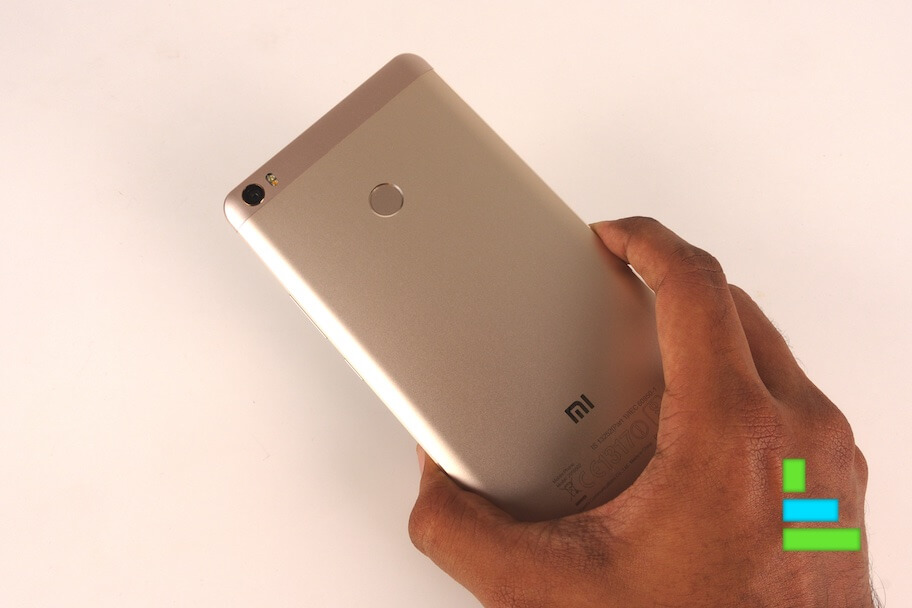
Mi Max is a unique device, and I enjoyed using it. Mi Max is priced at Rs. 15,000 and at this price, it provides an incredible value. Mi Max is one of a kind in this price category, and there is no other device which can compete with it. If you need a phablet sized device at a reasonable price, Mi Max is the only option, and it is a good one.
Also, there is a new variant of Mi Max for India with 4GB RAM, 128GB ROM and is priced at Rs. 20,000. It is not yet available, but if you can stretch your budget, check out this variant too.

